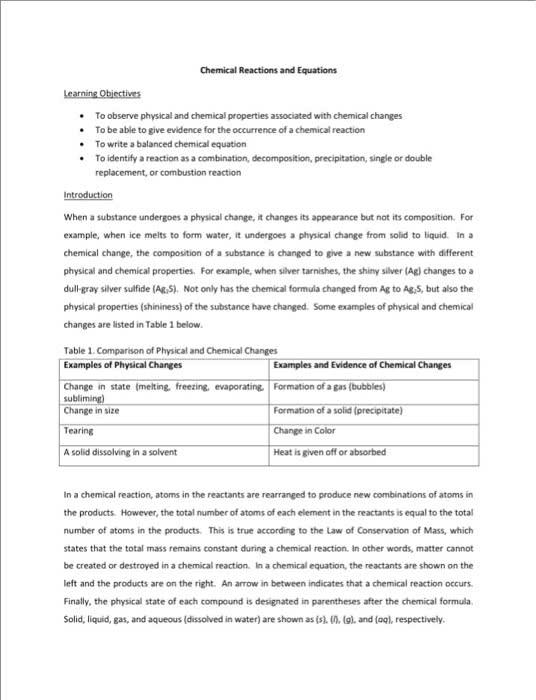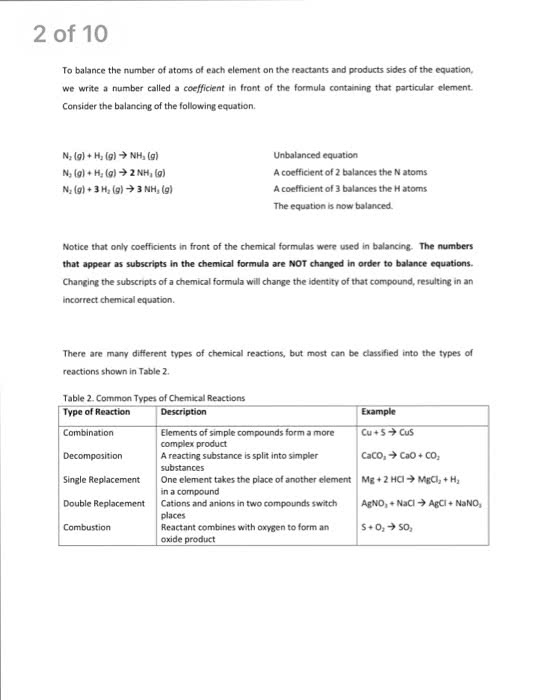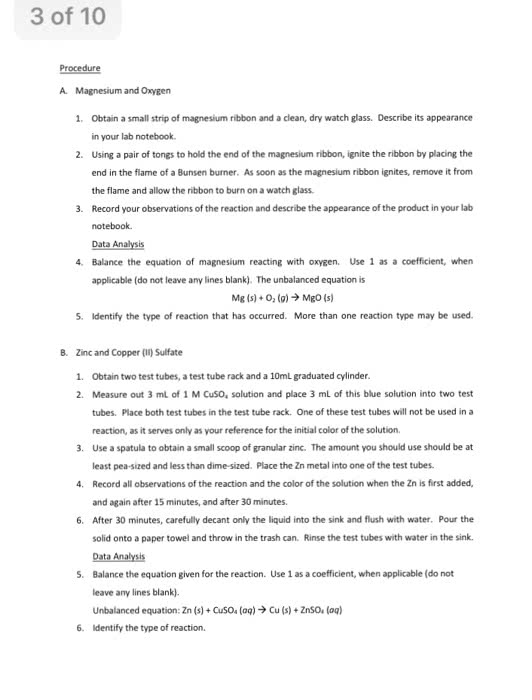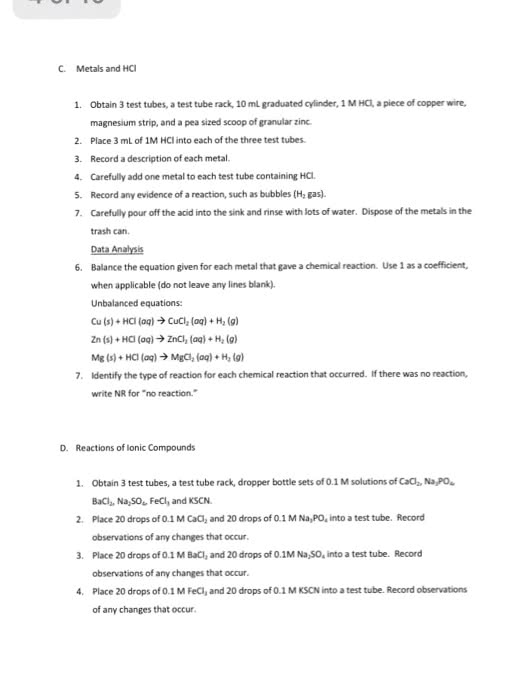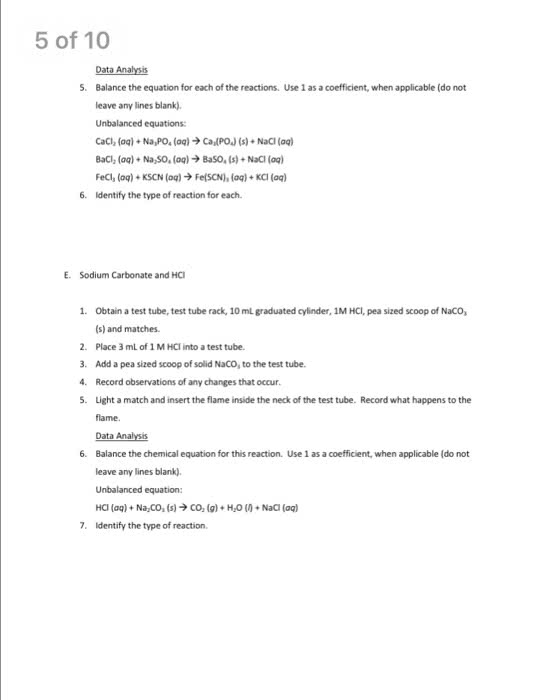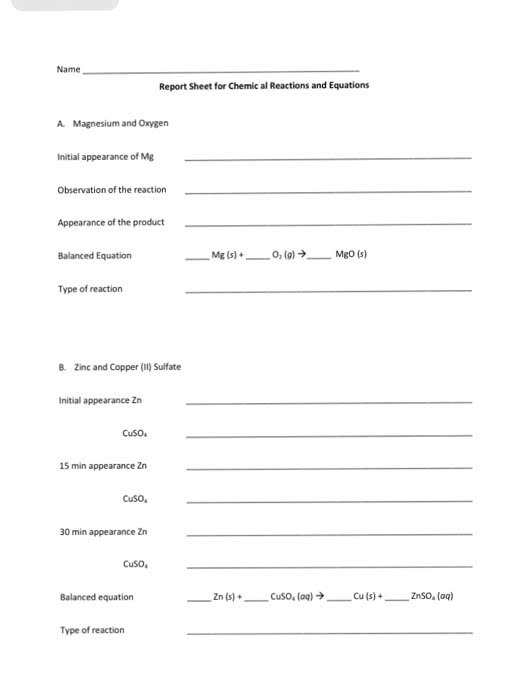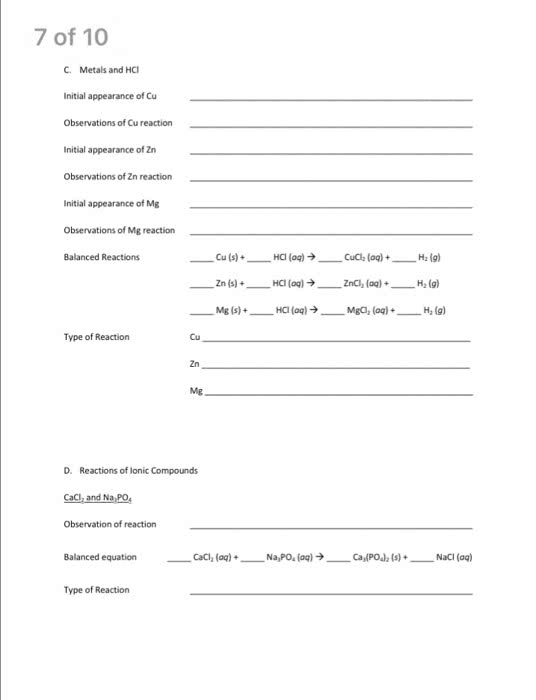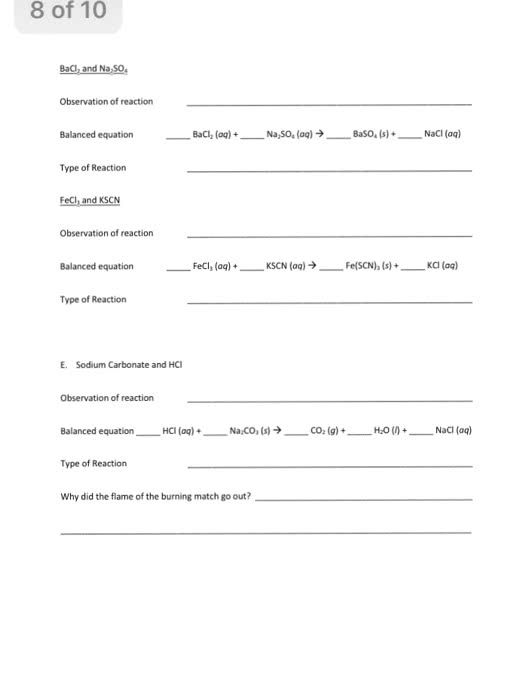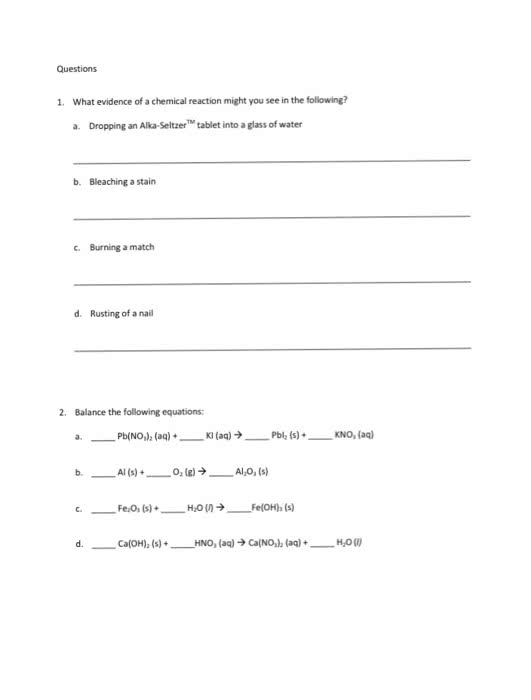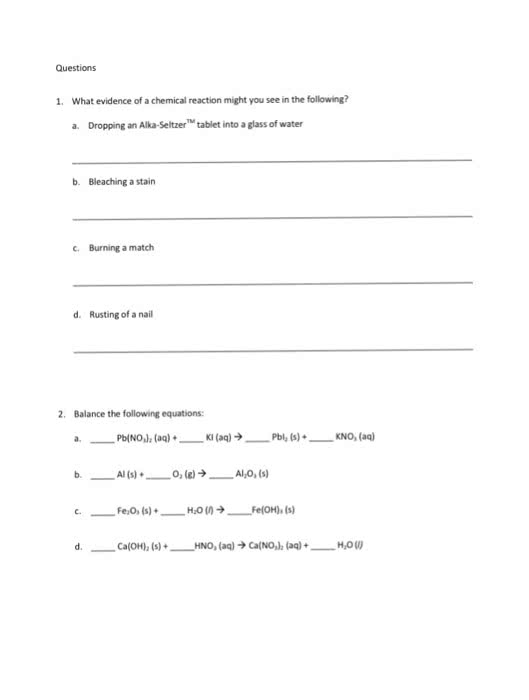CHEMISTRY Lecture Notes - Chemical Change, Stopwatch, Hydrogen Peroxide
Document Summary
Physical changes (such as melting or evaporating) do not produce any new chemical substances. These changes are often easy to reverse and mixtures produced are usually relatively easy to separate. In chemical reactions, new chemical products are formed that have very different properties to the reactants. Most chemical reactions are impossible to reverse. Energy changes also accompany chemical changes and energy can be given out (exothermic) or taken in (endothermic). The majority of chemical reactions are exothermic with only a small number being endothermic. Increase in the concentration of a solution, the rate of reaction will increase. This is because there will be more reactant particles in a given volume, allowing more frequent and successful collisions per second, increasing the rate of reaction. Increasing the concentration means there are more particles per cm3, so there is less space between the particles. Since there are more particles then it follows that there are more collisions, hence the rate of reaction increases.



